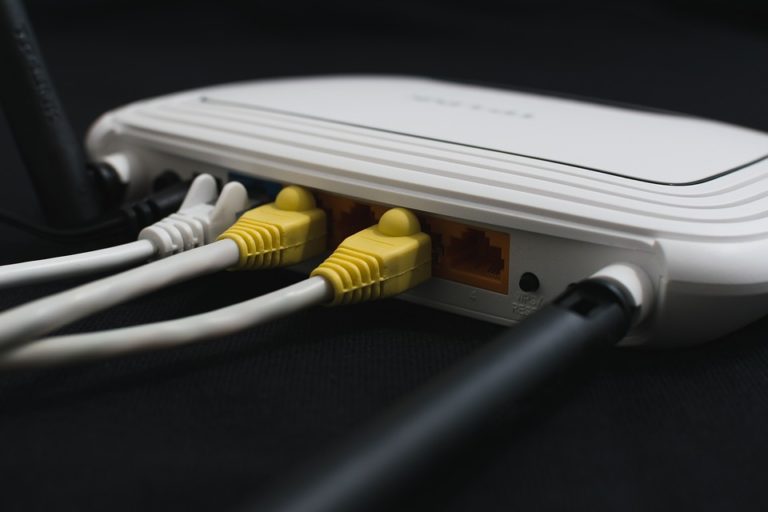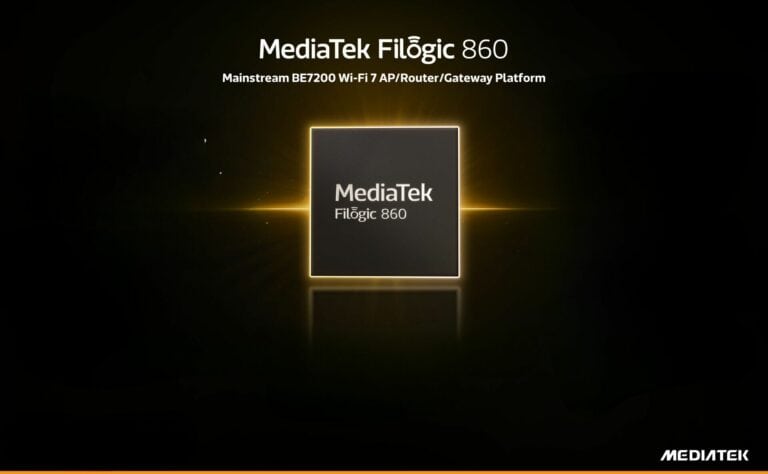Any links to online stores should be assumed to be affiliates. The company or PR agency provides all or most review samples. They have no control over my content, and I provide my honest opinion.
I have previously reviewed the DH Lifelabs Sciaire Mini air purifier and ioniser and was mostly impressed by it, even though the benefits of air ionisation are a bit contentious.
One of the other DH Lifelabs products is the Aaira Surface which claims to make disinfectant using none harsh chemicals. I have to admit, my knowledge of disinfectants was somewhat lacking, and I was a little bit sceptical of this, thinking it may be a bit like air ionisation where there seem to be mixed opinions on the benefits.
It turns out that the technology behind this machine is well-established, as is the disinfectant it produces. The chemical process carried out by the Aaira Surface produces hypochlorous acid from a mixture of water, salt and white vinegar.
Hypochlorous acid is a weak acid with strong antimicrobial properties and can also destroy pathogens such as COVID-19. It is used for a wide range of uses and is used for many commercial bleaches, deodorants, and disinfectants. It is a disinfectant that is used widely in hospitals in the US. Due to the gentle nature of this acid, it is also used for preserving fresh produce, and it is FDA-approved for use in wound healing and wound care.
| Preview | Product | Rating | Price | |
|---|---|---|---|---|

| Hypochlorous Acid Generator, Multi-Purpose Cleaning Products... |
£66.49 | Buy on Amazon |
Features
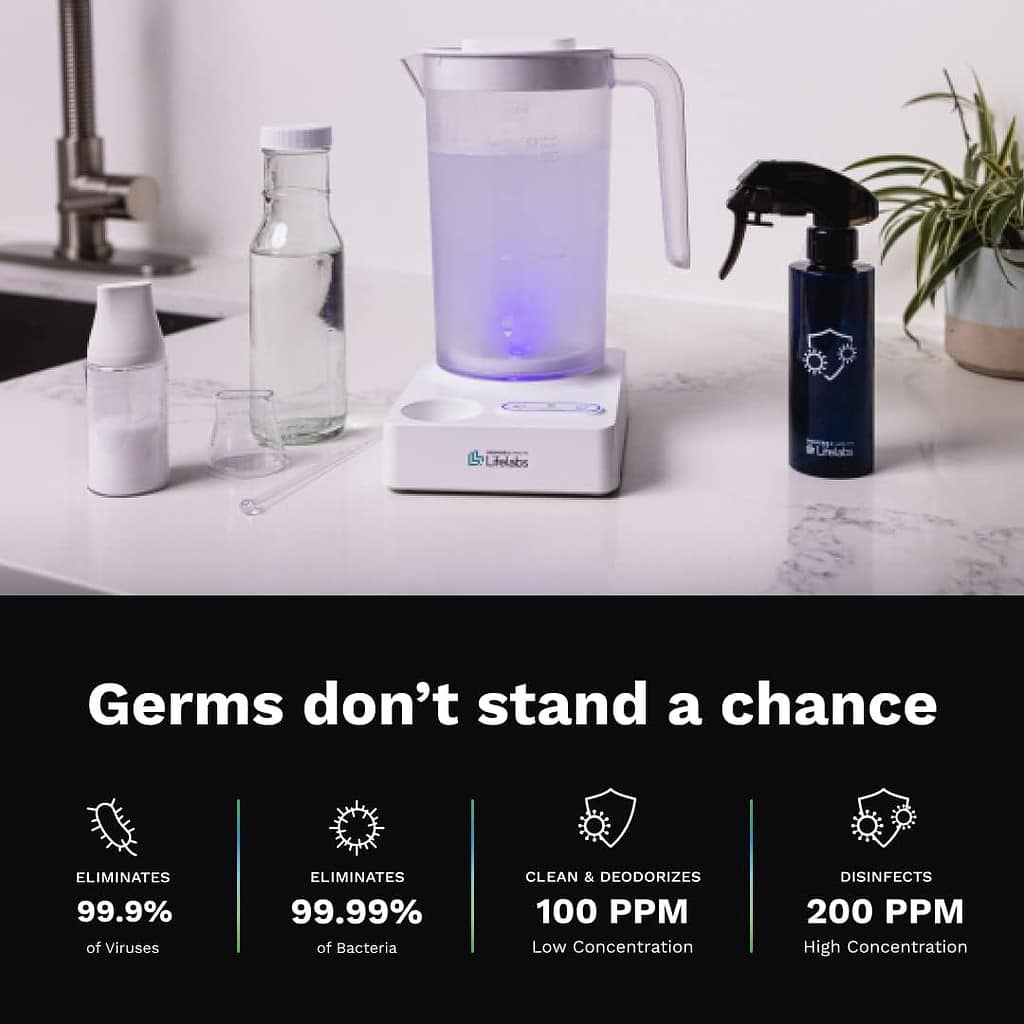

- Kills 99.9% of airborne germs, bacteria and viruses, including SARS-Cov-2, and eliminates household odours.
- Transforms 100% natural ingredients, non-iodised salt, water, and vinegar, into an easy, safe and non-toxic multi-purpose HOCI cleaner that replaces bleach, alcohol, disinfectants and general household cleaners.
- Uses no harsh chemicals, ammonia or bleach.
- Helps you reduce waste with supplied 2 x reusable spray bottles.
- Proven to clean as effectively as conventional cleaners for worktops, tabletops, appliances, cabinets, doors, windows, bathtubs, showers, toilets, floors, sinks and drains.
- Produces a never-ending supply of electrolysed water (HOCI) in two concentrations: low (100 PPM) for everyday cleaning and high (200 PPM) for disinfecting surfaces.
- Self-cleaning mode for effortless use.
Cost of making hypochlorous acid
To justify the cost of the Aaira Surface system, we need to look at what it actually makes, how much it costs to make the disinfectant and if or how quickly you will see a return on investment.
To produce a 100ppm low concentration HOCl solution, you need 2 scoops of non-iodised salt, 1000ml / 33.81oz. of tap water and 4ml / 0.14oz. of 5% white vinegar.
For the higher 200ppm concentration, you need 4 scoops of non-iodised salt, 1000ml / 33.81oz. of tap water and 4ml / 0.14oz. of 5% white vinegar.
I had to Google what non-iodised salt was. It is basically just pure salt and shouldn’t have an anti-caking agent in it. All the cheap salt in Sainsbury’s had an anti-caking agent. Your best bet seems to be Kosher salt which you can get for less than £3 per kilo. So that’s £0.003 per gram, therefore, you are looking at about a penny per 1000ml you produce.
You can get 5l of 5% white vinegar for £6.30, which is about half a penny per litre of disinfectant you make.
The machine uses 18 watts while it is making the solution (my power meter measured up to 19w). Based on the current energy price guarantee, that works out at £0.001224 per 12 minutes for the cost of electricity, which is not really worth worrying about.
Assuming my maths is not completely off, you are looking at less than 2p per litre you produce.
You may wonder if you can make hypochlorous acid without a fancy gadget, and you probably could hack something together. The solution is produced using electrolysis to drive the chemical reaction.
You can buy 5 litres of 200ppm hypochlorous acid for £22.45, which works out at £4.49 per litre.
Most shop-bought disinfectant spray will set you back around £3 per litre, and you are also generating quite a lot of plastic waste.
Making the disinfectant & shelf life
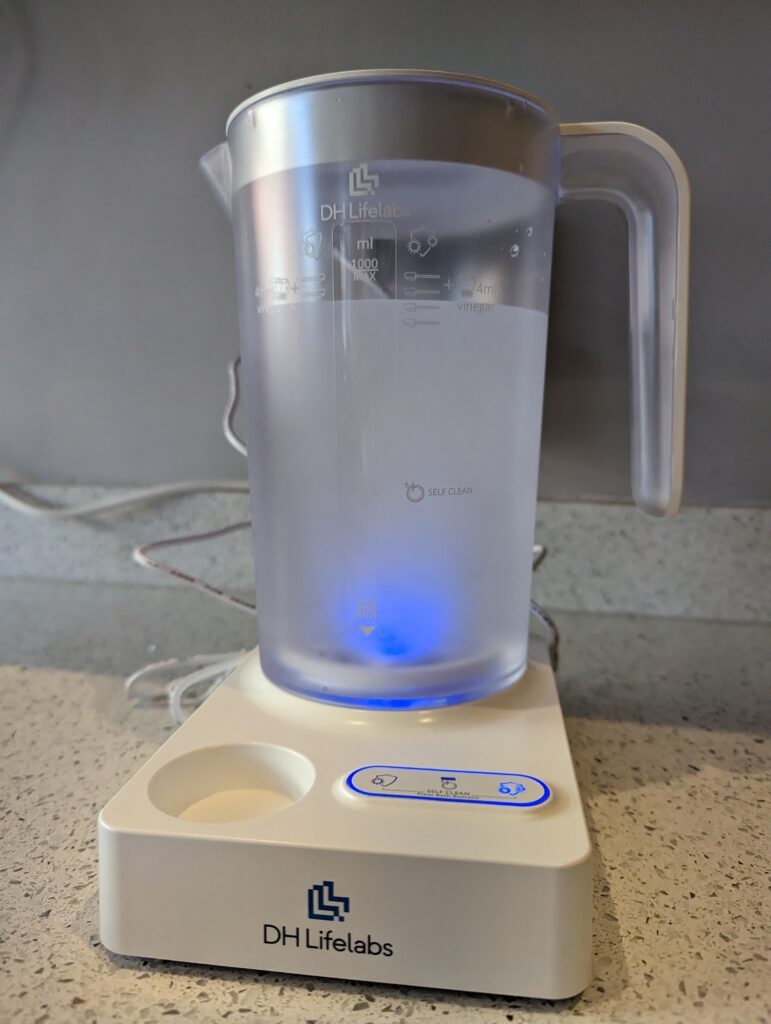

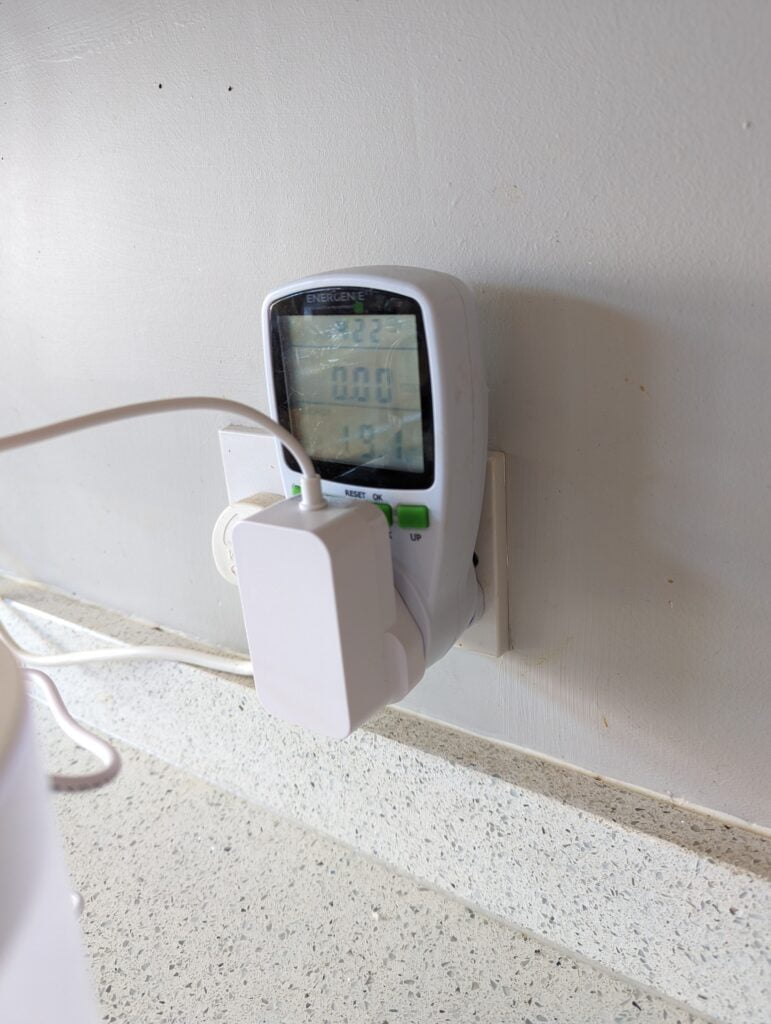

While I like the concept of making your own disinfectant, it is not a perfect system. Making the high-concentration solution takes 12 minutes, they also say that you should dispose of the solution after 48 hours.
The 48-hour shelf life is a bit annoying, and I questioned to myself why this is a requirement when most store-bought disinfectants have an indefinite shelf life. It turns out that the stability of hypochlorous acid water is difficult to maintain. It will quickly start to deteriorate back into salt water. Commercially produced hypochlorous acid can last up to a year.
You also have to factor in the fact that this is another gadget that will sit on your work surface or needs putting away in your cupboard.
Apart from that, it is a simple device to use. You just fill the jug up to the max line, then use the measuring cap to measure out 4ml of vinegar and the included spoon for however strong you need the solution.
You then press either the left or right button, and the solution starts to bubble away as the electrolysis process completes.
Performance
Using the instructions from the manual, you will produce one litre of solution, but the spray bottles are only 150ml. Each bottle is supposed to be used for different strengths. It seems a bit of an inefficient setup.
I’d prefer to have a couple of 250ml bottles for each strength, and you can half the solution you produce in the machine easily enough.
Apart from the mismatched machine-to-bottle sizes, I have been happy with the results.
To my partner’s delight, I thoroughly cleaned the kitchen and bathroom. The solution seemed to cut through the oily residue that built up on our walls and around our extractor hood. It also seemed to do a decent job of removing mould spots around the show in the bathroom. Subjectively, it performed just as well as the shop-bought disinfectants that we have used.
The spray bottles are good. They produce a large amount of mist covering a wide area, rather than a squirt of liquid a lot of store disinfectants produce. I was generous with my application, and I did my kitchen with about half a bottle of the 100ppm spray.
Price and Alternative Options
| Preview | Product | Rating | Price | |
|---|---|---|---|---|
   | Hypochlorous Acid Generator, Multi-Purpose Cleaning Products... |
£66.49 | Buy on Amazon |
The DH Lifelabs Aaira Surface is available on Amazon for around £125. That’s not cheap, but each litre of solution costs a couple of pence, and you should see a positive return on investment at some point, depending on how much disinfectant you get through.
It turns out that this isn’t a unique product, and there are plenty of competing options.
- Toucan Eco 3 Worktop Hypochlorous Acid (HOCl) Generator & Cleaning Kit is around £290
- Morton Multi-Purpose Cleaner HOCl Generator Go is £112 but only gives you about 60ml.
- Zyyini Hypochlorous Acid Generator is a bargain at £28 and produces 500ml but it has poor reviews on Amazon.
Overall
I love the idea of the DH Lifelabs Aaira Surface. The cost to produce hypochlorous acid is significantly cheaper than any store-bought disinfectant. It may take a few years for the investment to pay off, but in the meantime, you can feel smug in the knowledge you are producing less plastic waste.
I’d say this is better suited for larger households or even commercial use. This seems perfect for house/office cleaners, reducing costs and environmental impact while also avoiding harsh chemicals.
As far as negatives go, the short shelf life combined with having to wait 9-12 minutes when you want to make some more spray is a little off-putting.
There are cheaper products on Amazon which claim to do the same thing, but most of these have middling reviews, whereas the DH Lifelabs Aaira Surface appears to be the best reviewed on the market.
Originally posted on mightygadget.com – Follow on Twitter – Instagram – Facebook – Mighty Gadget Latest Reviews
DH Lifelabs Aaira Surface Multi-Purpose Cleaning & Disinfectant System Review Rating
Summary
I love the idea of the DH Lifelabs Aaira Surface. The cost to produce hypochlorous acid is significantly cheaper than any store-bought disinfectant. It may take a few years for the investment to pay off, but in the meantime, you can feel smug in the knowledge you are producing less plastic waste.
It is perhaps best suited for larger households that get through a lot of disinfectant, or perhaps small commercial use, such as professional cleaners and shops or offices.
Overall
85%-
Overall - 85%85%
Pros
- It costs around 2p per litre of solution (if my maths isn’t wrong)
- Hypochlorous acid is highly effective with a wide range of uses
Cons
- Solution has a 48 shelf life
- You then need to wait 9-12 minutes for a fresh batch
I am James, a UK-based tech enthusiast and the Editor and Owner of Mighty Gadget, which I’ve proudly run since 2007. Passionate about all things technology, my expertise spans from computers and networking to mobile, wearables, and smart home devices.
As a fitness fanatic who loves running and cycling, I also have a keen interest in fitness-related technology, and I take every opportunity to cover this niche on my blog. My diverse interests allow me to bring a unique perspective to tech blogging, merging lifestyle, fitness, and the latest tech trends.
In my academic pursuits, I earned a BSc in Information Systems Design from UCLAN, before advancing my learning with a Master’s Degree in Computing. This advanced study also included Cisco CCNA accreditation, further demonstrating my commitment to understanding and staying ahead of the technology curve.
I’m proud to share that Vuelio has consistently ranked Mighty Gadget as one of the top technology blogs in the UK. With my dedication to technology and drive to share my insights, I aim to continue providing my readers with engaging and informative content.
Last update on 2024-04-26 / Affiliate links / Images from Amazon Product Advertising API

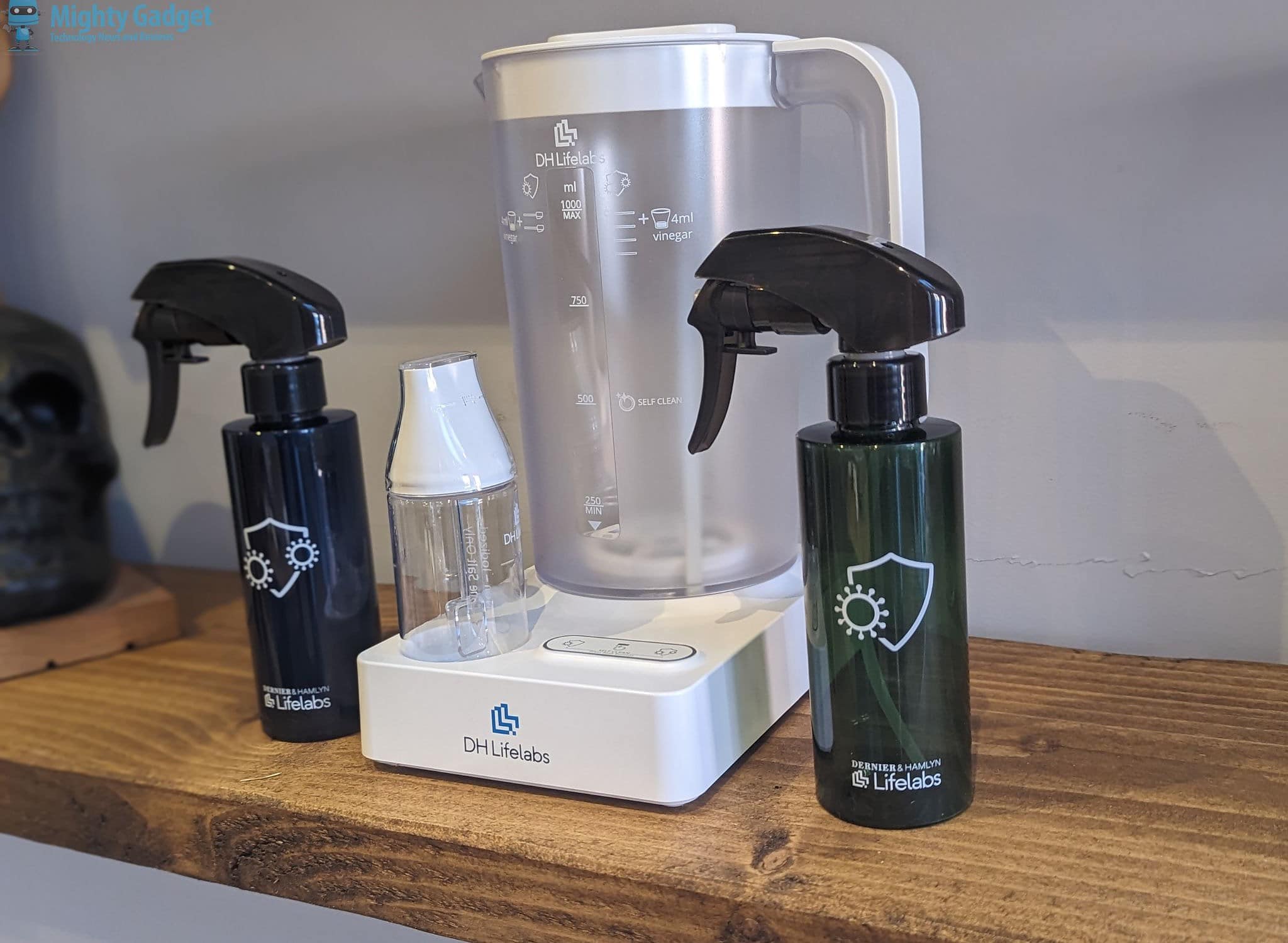
![LG C1 OLED (2021) 4K TV review – Is this the best OLED for 2021? [55″ OLED55C15LA]](https://mightygadget.com/wp-content/uploads/2021/06/LG-C1-OLED-review-768x432.jpg)
![How much does it cost to run a portable air conditioner, and how quickly does it cool a room? [Updated with July 2023 price cap]](https://mightygadget.com/wp-content/uploads/2021/07/Portable-Air-Con-Running-Costs-768x461.jpg)

![How to Access Blocked Sites in the UAE [Detailed Guide]](https://mightygadget.com/wp-content/uploads/2019/06/dubai-1514540_1280-768x432.jpg)
